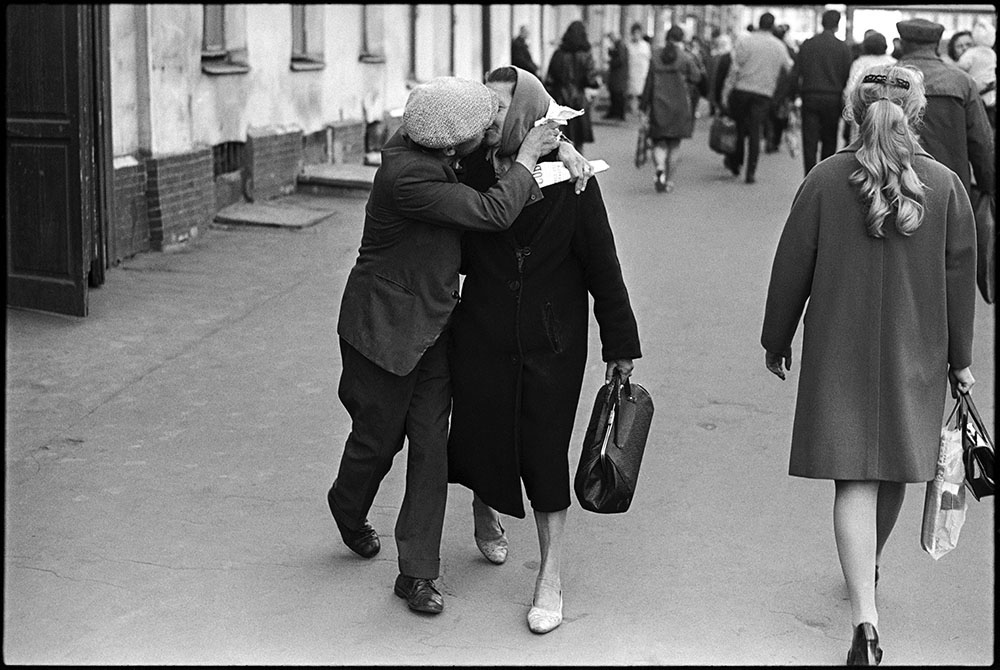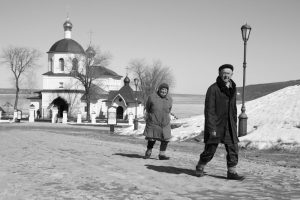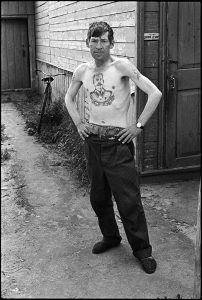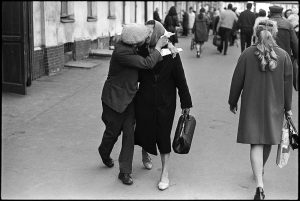“We Russians are crazy and that is normal.” This is a quote from my Q&A interview with Russian photographer Vladmir Sichov. For over 30 years Vlad has covered the world of sports, politics, celebrity, and fashion before retiring.
Born in Capital City of Kazan, Tartarstan, 800 km from Moscow, Vlad bought his first camera in 1965 while studying at the university. As he would tell me, “nothing really mattered after I started taking pictures.” Street life in the Soviet Union was his subject. Sichov was a member of the unofficial art scene of the Soviet Union.
In 1979, he emigrated to the West landing in Vienna then later moving to Paris. While there famed photographer Helmut Newton saw his images prompting him to urge Paris Vogue to give Vladamir a tryout leading to a 2 year stint as a photographer for the publication.
In 1980, his stark pictures of everyday existence in the Soviet Union help propel him to become the most published photographer in the world with numerous editorials in magazines ranging from Life, Paris Match, and Brunte.
Having recently moved to Berlin from Paris, I met him for a café and a conversation about his extensive career filled with fascinating stories about his life, capturing moments set against different historical backdrops.
Why did you become a photographer?
I lived between the rail station and market in an industrial city named “Kazan” in a country that no longer exists. People were always walking by, now they drive, but back then life was at my window. I bought myself a Soviet Camera, Zenit, when I was a student in University 1965 in a Jazz band playing the saxophone. After I got my camera, I was hooked. I had to buy black and white short end film stock from cinema students. Kodak film was too expensive.
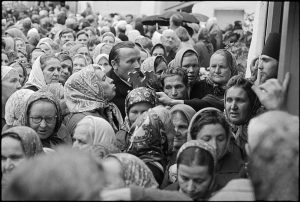
What was it like being a photographer in the Soviet Union?
I spent time in jail. Many of friends were dissidents, not a part of the system. I had exhibitions in my apartment of unofficial art from 1973 to 1979 with artists who were not accepted by the system.
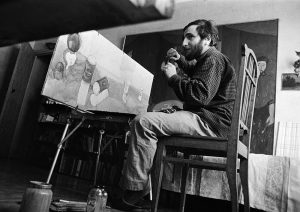
You had to leave the Soviet Union.
“If you live in a cage you want to see what is outside.” I did not have the privilege to leave because I was not in the circle. You could leave for Israel so I got an invitation from there because I knew people. I got to Vienna where I was stateless and had nothing. When I had exhibitions in the Soviet Union diplomats came to my flat so I had friends from the outside. I waited in Austria for a diplomat to smuggle my works to the West. When I left the USSR (1979) a person could carry nothing except what was on your back. I was the first photographer to leave the USSR with my archive.
After your time in Vienna you went to Paris?
Yes, straight to I met Sipa News Agency from there to Paris Match. The editor liked my work. Back then the press was managed by people who had a passion for news, fanatics who worked 360 days of the year.
What is your connection to Helmut Newton?
Helmut saw my work in Paris Match. He convinced Paris Vogue to give me a test shoot. In the September 1980 issue I had 40 pages of Haute Couture. Fashion was a new world for me. During my life, my friends were people outside the system. Then suddenly, I met Lagerfeld, Saint Laurent, and Rykiel.
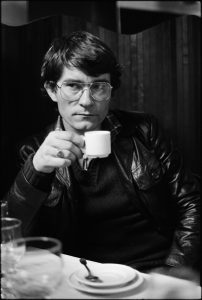
Part 2 of the interview coming soon
